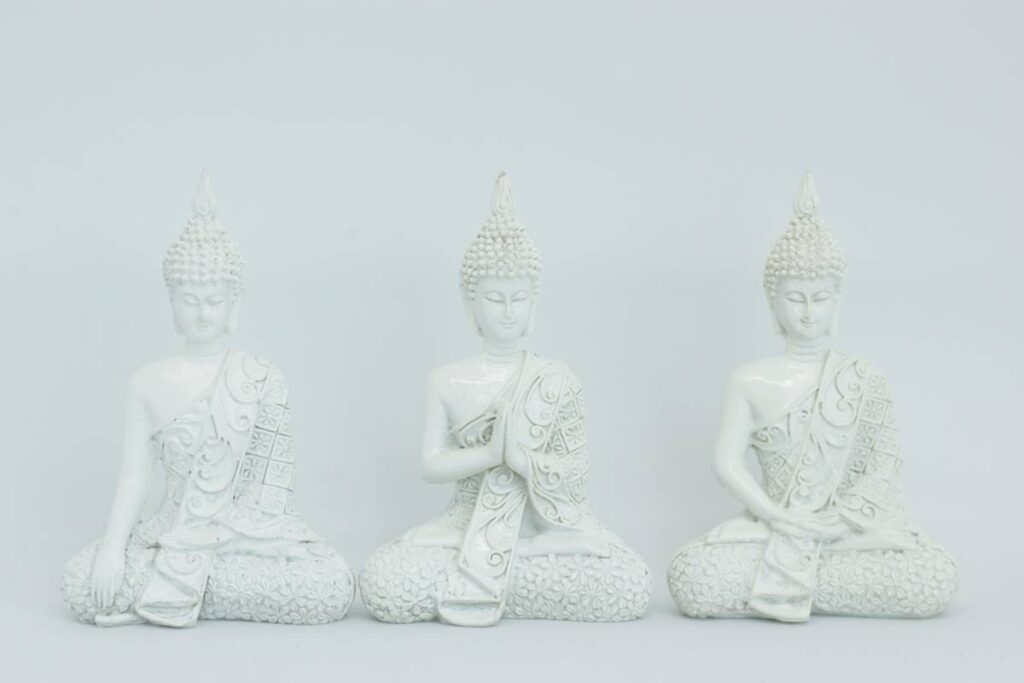Ever felt like your brain is a browser with 50 tabs open, all screaming for attention? Yeah, stress can do that to you. But what if there was an app—or seven—that could help silence the noise and bring some calm into your life? This post dives deep into how positive calming tools paired with stress management apps can be game-changers. We’ll explore their benefits, share actionable steps to pick the right ones, and sprinkle in a few tips along the way.
Table of Contents
- Why Positive Calming Tools Matter
- How to Find the Right Stress Management Apps
- Best Practices for Using These Tools
- Real-World Examples: Success Stories
- Frequently Asked Questions
Key Takeaways
- Positive calming tools are essential for mental wellness but need to align with your lifestyle.
- Stress management apps come packed with features, but not all work universally well.
- Using these tools consistently—and correctly—is key to reaping long-term benefits.
Why Positive Calming Tools Matter
“Optimist You:” ‘These tools will change everything!’
“Grumpy You:” ‘But only if they don’t end up being another app graveyard on my phone.’
Let me tell you a story about my own epic fail. Once upon a time, I downloaded five stress management apps in one night because—well, why not? Fast forward two weeks later, and none of them saw the light beyond Day 1. My mistake? Ignoring which tools resonated personally. And that’s where positive calming tools enter the chat.
Think of it this way: If meditation feels more like torture than tranquility, no app can fix that unless it taps into something you genuinely enjoy. From guided breathing exercises to sound therapy playlists, these tools are designed to match diverse needs. They’re sensory gold—like sipping chamomile tea after a brutal day at work.

Infographic: How Positive Calming Tools Impact Mental Wellness
How to Find the Right Stress Management Apps
Step 1: Know Thyself (and Your Stress Triggers)
- Track patterns: When does stress hit hardest?
- Identify preferences: Do visuals relax you, or do sounds work better?
Step 2: Explore Different Types of Apps
- Meditation-focused: Headspace, Calm
- Breathing guides: Breathe2Relax, Prana Breath
- Cognitive training: Peak, Elevate
Step 3: Read Reviews—and Trust Your Gut
“My favorite terrible tip? Going rogue without checking reviews first. Ugh.”

Chart: Comparing Popular Stress Management Apps by Features
Best Practices for Using These Tools
Tip #1: Start Small
Don’t overwhelm yourself by committing hours daily—aim for just 10 minutes instead.
Tip #2: Pair Tools Together
Combine physical activity tracking from Fitbit with mindfulness prompts from Shine.
Tip #3: Set Realistic Goals
Remember, progress > perfection. Celebrate tiny wins!
Rant Alert: Why Aren’t All Free Trials Actually Useful?
Nothing grinds my gears more than free trials that limit access to basic functionality. Like, seriously?
Real-World Examples: Success Stories
Case Study #1: Sarah, 32
Sarah used Happify’s science-backed activities and saw her anxiety levels drop within six months.
Case Study #2: James, 45
After incorporating RescueTime with Headspace, James achieved peak productivity while maintaining peace of mind.
Sound familiar yet?

Analytics Graph: User Progress Over Time Post Usage
Frequently Asked Questions
Are stress management apps worth it?
Absolutely—if chosen wisely. Look for evidence-based approaches tailored to your needs.
Can positive calming tools replace therapy?
Nope. Think of them as supplements rather than substitutes.
What’s the best app for beginners?
Calm and Insight Timer are great starting points due to user-friendly interfaces.
Conclusion
To sum it up: Leaning on positive calming tools via stress management apps isn’t just trendy—it’s transformative when done right. By understanding your needs, choosing wisely, and staying consistent, you’re bound to see results. Now go ahead and take that first step toward serenity. Oh, and here’s a haiku for ya:
Whispers through chaos, One breath at a time finds calm, Peace awaits inside.


